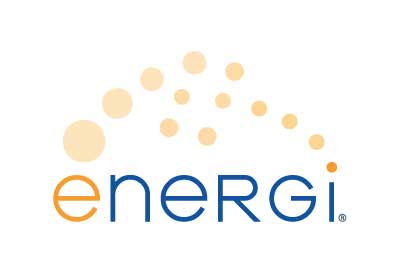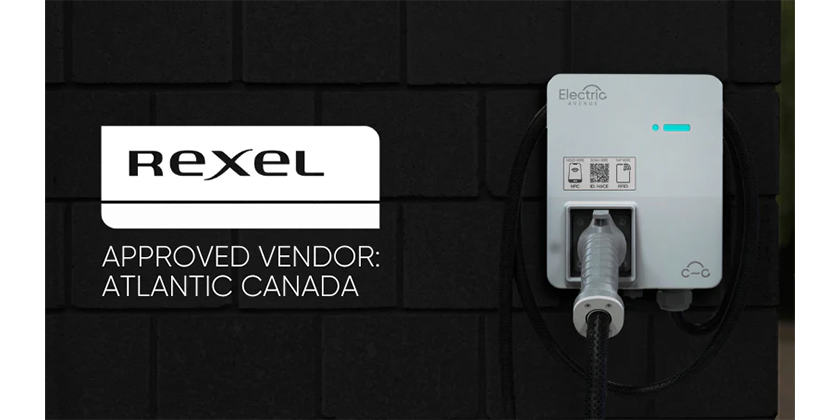Energi of Canada Launches Property & Casualty Program for Energy Construction

A new property and casualty program for energy constructionoffers unique risk management solutions and insurance coverage for contractors in a number of industry segments. Energi’s program will be offered only to companies who exhibit a commitment to loss prevention and who implement industry best practices. The program will first be offered in Ontario, and will expand to other provinces in the coming months.
Industry segments covered by the program include:
• water/sewer and excavation contractors
• cable, TV, telephone, and power line contractors
• water/test well and geothermal contractors
• electrical contractors
• heating, ventilation, and air conditioning (HVAC) and plumbing contractors
• gasoline station service contractors
• renewable energy contractors
• oilfield services contractors (refer to “exploration & production” for eligible classes)
• energy savings contractors
“This program is designed to encourage best practices, mitigate risk, and help protect companies in the energy construction industry,” says Lilli Chiu, Vice President of Loss Prevention & Safety of Energi of Canada Ltd. “It has helped our clients in the U.S. tremendously, and we believe it will add great value to new and existing clients in Canada.”
Energi of Canada is a subsidiary and the international program arm of Energi, which provides specialized insurance programs to more than 1,000 energy companies in the United States. Energi of Canada already offers coverage for fuel distribution, fuel transportation, and Alternative Energy Solutions (AES) programs that deliver protections for alternative energy and energy efficiency projects.
Find out more: http://www.energi.com.

















